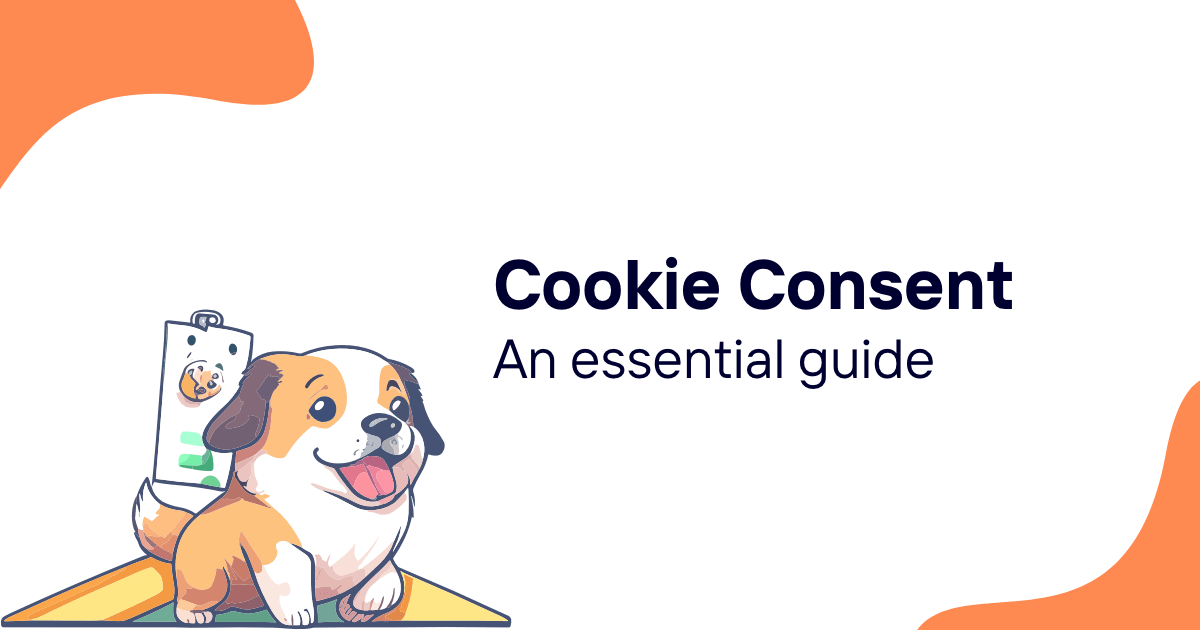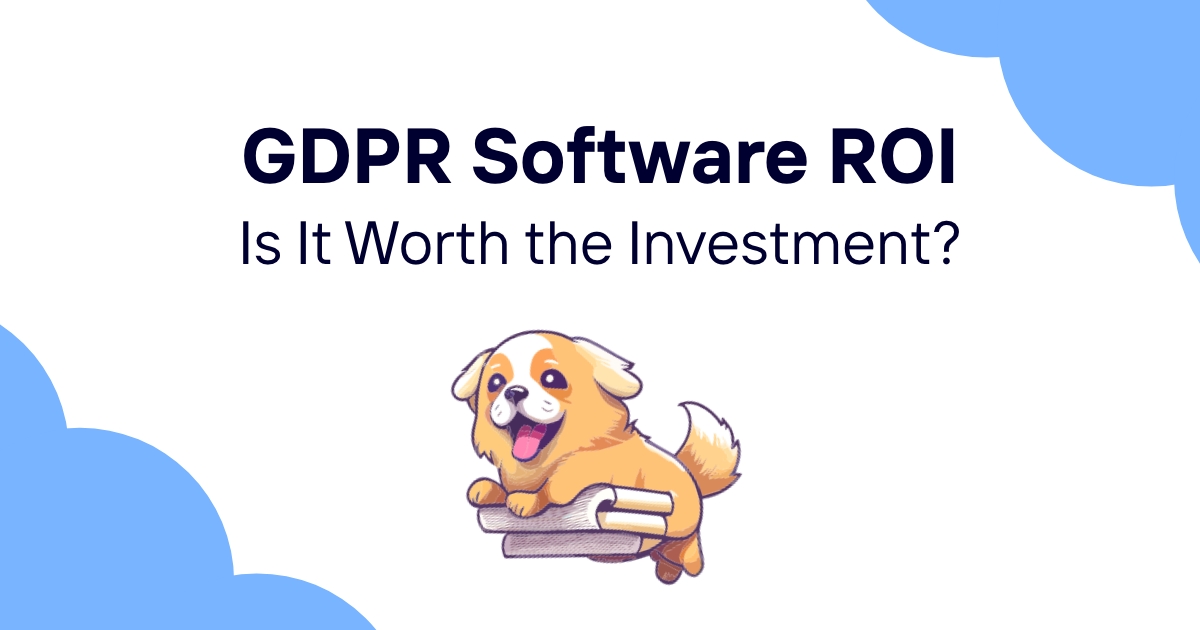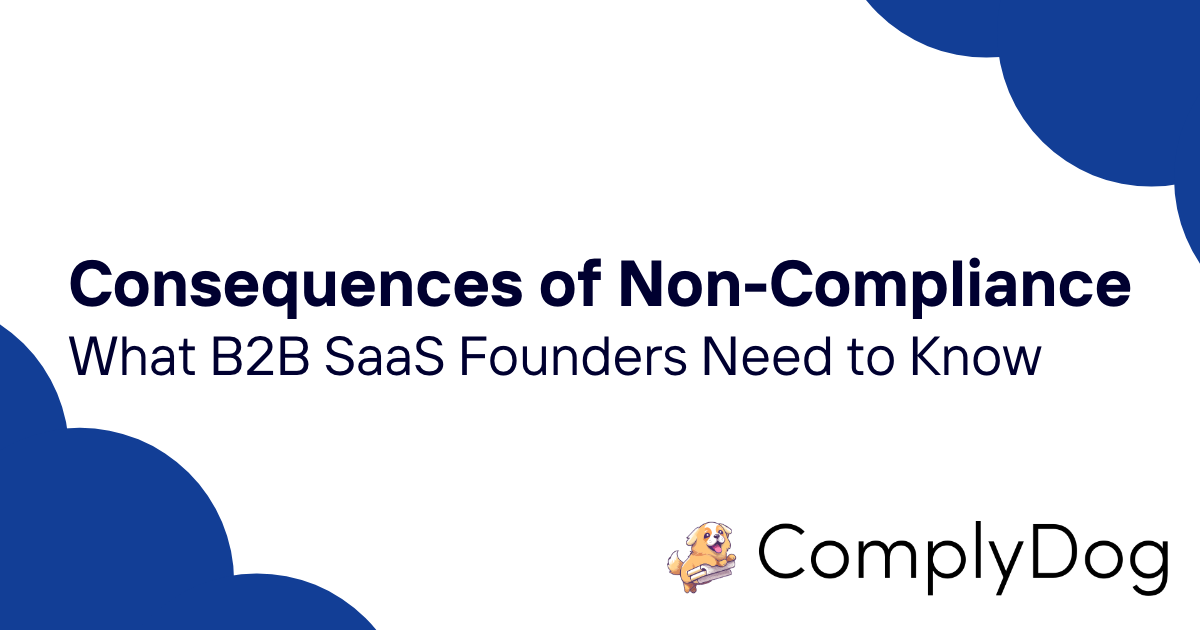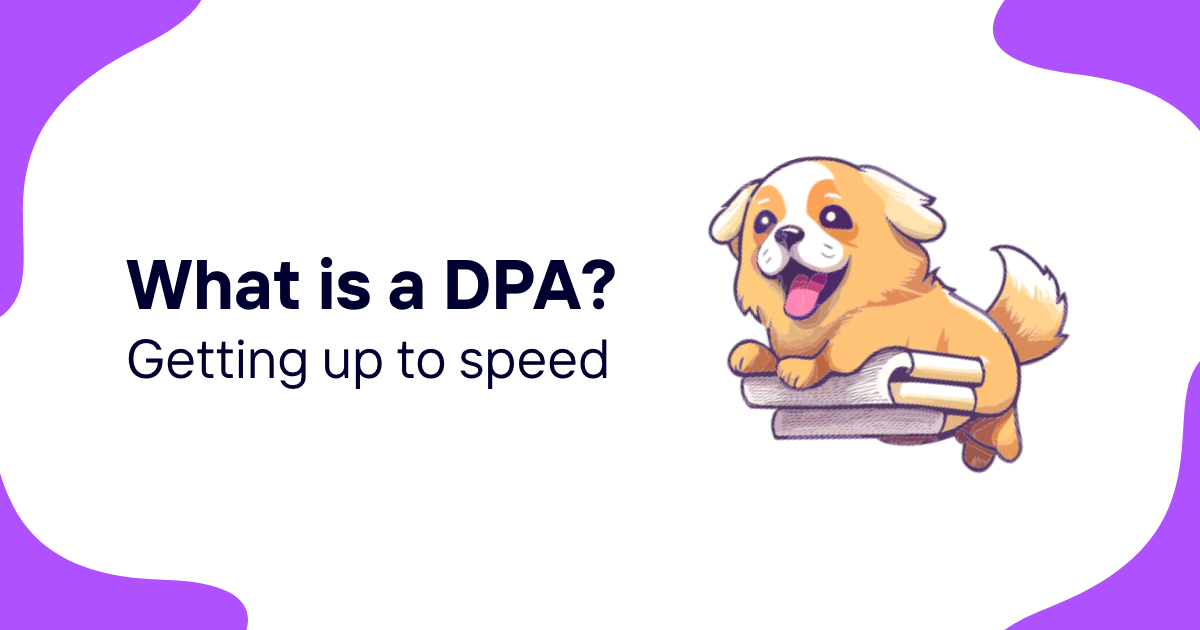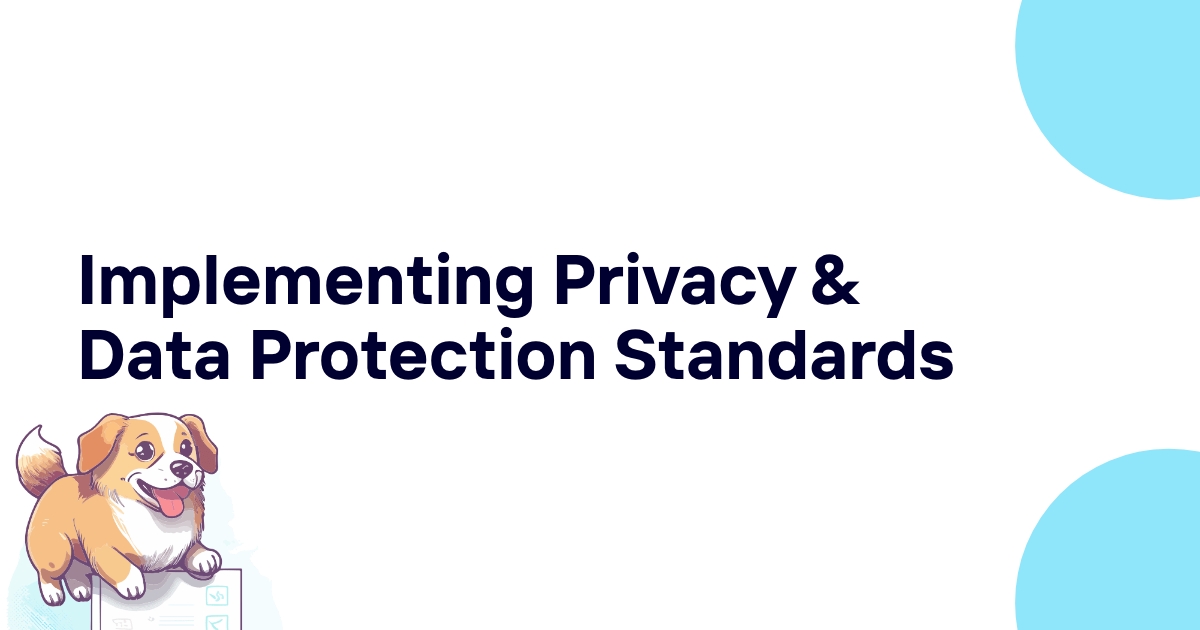Running an ecommerce SaaS platform means handling massive amounts of customer data across multiple touchpoints. Shopping behavior, payment details, personal preferences, marketing interactions - every click generates data that falls under GDPR's strict requirements. Miss something, and you're looking at fines up to 4% of global revenue.
The challenge isn't just the volume of data - it's the complexity. Ecommerce platforms integrate with payment processors, marketing tools, analytics services, and third-party apps. Each integration creates new data flows that need GDPR compliance. Your customers expect seamless shopping experiences, but regulators demand transparent data practices.
Smart ecommerce SaaS companies build compliance into their platform architecture from the start. They create systems that protect customer data while enabling the personalization and analytics that drive modern retail success. The companies that get this right turn compliance into a competitive advantage.
ComplyDog helps ecommerce SaaS platforms demonstrate their commitment to data protection through comprehensive compliance portals that build merchant trust and streamline vendor evaluations.
Ecommerce SaaS Data Processing Overview
Ecommerce platforms process more types of personal data than almost any other SaaS category. Understanding what data you're collecting, why you need it, and how long you keep it forms the foundation of GDPR compliance.
Core Data Categories in Ecommerce SaaS:
- Customer account data - Names, email addresses, phone numbers, shipping addresses, account preferences
- Transaction data - Purchase history, payment methods, order details, refund requests
- Behavioral data - Browsing patterns, search queries, cart abandonment, product views
- Marketing data - Email engagement, advertising interactions, campaign responses, preferences
- Device and technical data - IP addresses, browser information, device identifiers, location data
Each category requires different handling under GDPR. Customer account data needs explicit consent for marketing use. Transaction data can often rely on contract performance as legal basis. Behavioral data for analytics might use legitimate interests, but only with proper balancing tests.
Legal Basis Documentation:
Document the legal basis for each processing activity clearly. Don't use blanket legitimate interests for everything - regulators scrutinize these claims carefully. Contract performance works for order fulfillment but not for marketing analytics on unrelated products.
Your privacy notices should explain legal basis in plain language. Customers need to understand why you're processing their data, not just what data you're collecting. Vague statements about "improving services" won't satisfy GDPR's transparency requirements.
Data Mapping for Ecommerce Platforms:
Map data flows across your entire platform ecosystem. Include integrations with payment providers, shipping carriers, marketing tools, and analytics services. Each integration point creates potential GDPR obligations that need documentation.
Pay special attention to data that moves between different legal entities. If your payment processor is a separate company, that's a data sharing arrangement that needs proper agreements and privacy notice disclosure.
Retention Policies That Work:
Ecommerce retention policies need to balance business needs with data minimization principles. You might need transaction data for tax purposes longer than GDPR's general minimization requirements suggest.
Create category-specific retention schedules that consider legal obligations, business needs, and customer expectations. Automatic deletion systems help ensure you actually follow the policies you've documented.
Customer Shopping Data Rights Management
GDPR gives customers extensive rights over their shopping data. Ecommerce SaaS platforms need robust systems to handle these requests efficiently while maintaining platform functionality.
Data Access Requests:
Customers can request access to all personal data you hold about them. For ecommerce platforms, this includes account information, purchase history, behavioral data, and any inferences you've made about their preferences.
Your access response should be comprehensive but organized. Don't dump raw database exports on customers - provide structured summaries that make sense to non-technical users. Include explanations of how you use their data and what automated decision-making affects them.
Data Portability for Shopping Data:
Data portability lets customers get their data in a machine-readable format to transfer to another service. For ecommerce, this typically includes purchase history, product reviews, wishlist items, and account preferences.
Design your portability exports to be genuinely useful, not just compliant. Standard formats like CSV or JSON work better than proprietary formats that other platforms can't import easily.
Deletion Challenges in Ecommerce:
Right to erasure gets complicated in ecommerce because of legitimate business needs to retain transaction data. You can't delete purchase records that you need for tax compliance, but you might be able to pseudonymize them.
Develop clear policies for handling deletion requests that consider legal retention requirements, ongoing contractual obligations, and legitimate business interests. Document your decision-making process for each category of data.
Managing Rights Across Platform Integrations:
Customer rights requests often affect data held by integrated services like payment processors or marketing platforms. Your rights management system should coordinate with these providers to ensure complete responses.
Build contractual requirements for rights support into your vendor agreements. If a payment processor can't support data deletion, that limits your ability to comply with customer requests.
Check out our fintech SaaS compliance guide for insights on handling payment data rights in regulated environments.
Ecommerce Platform Cookie Compliance
Ecommerce platforms rely heavily on cookies for functionality, personalization, and analytics. GDPR requires specific consent for non-essential cookies, which creates challenges for platforms that depend on detailed user tracking.
Essential vs Non-Essential Cookies:
Essential cookies support basic platform functionality like shopping carts, user authentication, and security features. These don't require consent under GDPR, but you should still disclose their use in privacy notices.
Non-essential cookies include analytics, marketing, personalization, and third-party tracking. These require explicit consent before placement, which means your platform needs to function without them until users opt in.
Consent Management Implementation:
Your consent management platform should integrate seamlessly with your ecommerce functionality. Users should be able to make granular choices about different cookie categories without losing their shopping progress.
Avoid dark patterns that manipulate users into accepting all cookies. Make it equally easy to accept or reject non-essential cookies. Pre-ticked boxes and buried rejection options violate GDPR's consent requirements.
Third-Party Cookie Challenges:
Ecommerce platforms often integrate with third-party services that set their own cookies. Social media widgets, chat tools, review platforms, and advertising networks all create consent obligations.
Audit all third-party integrations to understand what cookies they set and whether they obtain proper consent. Some services offer consent-aware modes that only activate tracking after users opt in.
Consent Records and Proof:
Maintain detailed records of consent decisions, including what options were presented, what the user selected, and when they made their choice. These records are critical for demonstrating GDPR compliance during audits.
Your consent records should include enough detail to recreate the exact consent interface users saw. Screenshots, timestamp data, and version tracking help defend consent decisions if challenged by regulators.
Payment Processing SaaS Data Protection
Payment processing in ecommerce SaaS environments requires balancing GDPR requirements with payment industry standards like PCI DSS. These frameworks overlap but have different priorities and technical requirements.
Payment Data Classification:
Not all payment-related data falls under the same protection requirements. Credit card numbers require PCI DSS protection, while billing addresses are personal data under GDPR. Customer payment preferences might be both.
Create clear classification schemes that identify which standards apply to each type of payment data. Your technical controls should meet the highest applicable standard for each data category.
Tokenization and Data Minimization:
Payment tokenization helps satisfy both PCI DSS and GDPR requirements by reducing the amount of sensitive data in your systems. Tokens let you maintain customer payment preferences without storing actual card numbers.
Implement tokenization early in your payment flow to minimize exposure of sensitive data. The less payment data you handle directly, the simpler your compliance obligations become.
Cross-Border Payment Considerations:
International ecommerce creates complex data transfer scenarios. Payment data might flow through multiple countries as it moves between customers, merchants, payment processors, and banks.
Document your payment data flows carefully and ensure appropriate transfer mechanisms are in place for each jurisdiction. Some countries have specific requirements for payment data that go beyond general GDPR protections.
Payment Provider Agreements:
Your agreements with payment processors should clearly define GDPR responsibilities. Determine whether they're acting as data processors under your direction or as independent controllers for their own purposes.
Payment providers acting as processors need data processing agreements that meet GDPR standards. Independent controllers need separate privacy notices and consent mechanisms for their own data collection.
Marketing Automation SaaS Consent Management
Ecommerce marketing automation relies heavily on personal data and behavioral tracking. GDPR's consent requirements significantly impact how platforms can collect and use this data for marketing purposes.
Email Marketing Consent:
Email marketing consent under GDPR must be explicit and specific. Pre-checked opt-in boxes during checkout don't meet GDPR standards. Customers must actively choose to receive marketing emails through clear, affirmative action.
Your consent mechanisms should clearly distinguish between transactional emails (order confirmations, shipping updates) and marketing communications. Customers can't opt out of necessary transaction emails, but they control marketing preferences.
Behavioral Tracking for Personalization:
Personalization features like product recommendations often rely on behavioral tracking that requires consent. Design your personalization systems to work with different levels of data availability based on user consent choices.
Consider consent-free personalization options like collaborative filtering based on aggregated purchase patterns rather than individual tracking. These approaches can provide value while respecting privacy choices.
Segmentation and Profiling:
Automated customer segmentation and profiling count as automated decision-making under GDPR. Customers have rights to understand this processing and object to decisions that significantly affect them.
Document your segmentation logic and provide explanations when customers request information about automated processing. Avoid segmentation that could create discriminatory outcomes based on protected characteristics.
Marketing Data Retention:
Marketing data often has shorter useful lifespans than transaction data. Behavioral patterns from years ago might not predict current preferences, making long retention periods harder to justify.
Implement retention policies that reflect the actual business value of marketing data over time. Regular data refreshes often provide better insights than hoarding old behavioral information.
Cross-Border Ecommerce SaaS Data Transfers
International ecommerce creates complex data transfer scenarios that require careful GDPR compliance planning. Customer data, transaction information, and business intelligence might flow across multiple jurisdictions.
Adequacy Decisions and Standard Contractual Clauses:
GDPR restricts transfers of personal data to countries without adequate protection. The EU has granted adequacy decisions to select countries, while transfers to others require additional safeguards like standard contractual clauses.
Map your data flows to understand which countries receive personal data from your platform. Include cloud infrastructure, support teams, analytics services, and business intelligence systems in your mapping.
Vendor and Integration Management:
Ecommerce platforms often integrate with global service providers for payments, shipping, marketing, and analytics. Each integration creates potential international data transfer obligations.
Audit your vendor ecosystem to understand where they process data and what transfer mechanisms they use. Some vendors handle GDPR transfers through their own adequacy or contractual arrangements.
Customer Location Detection:
Implement reliable methods for detecting customer locations to ensure appropriate transfer mechanisms apply. IP geolocation, billing addresses, and shipping destinations all provide location indicators.
Consider the privacy implications of location tracking itself. Detailed geolocation for transfer compliance might require consent if it's more precise than necessary for business purposes.
Data Residency Options:
Some ecommerce businesses choose data residency approaches that keep EU customer data within EU borders. This eliminates transfer concerns but requires careful system architecture and vendor selection.
Evaluate the costs and complexity of data residency against the flexibility of proper transfer mechanisms. Data residency isn't required by GDPR, but it can simplify compliance for some business models.
Ecommerce SaaS Compliance Audit Framework
Regular compliance audits help ecommerce SaaS platforms identify gaps, demonstrate due diligence, and maintain customer trust. Effective audit frameworks balance thoroughness with operational efficiency.
Internal Audit Processes:
Develop regular internal audit schedules that cover all aspects of GDPR compliance. Include data processing activities, consent mechanisms, rights procedures, vendor management, and incident response.
Your internal audits should test actual compliance, not just policy documentation. Verify that consent systems work correctly, rights requests get proper responses, and data retention policies are actually enforced.
External Validation:
Third-party audits provide independent validation of your compliance efforts. Consider privacy-focused certifications or general compliance frameworks like ISO 27001 that address data protection controls.
External audits are particularly valuable for demonstrating compliance to enterprise customers who require vendor risk assessments. Independent validation carries more weight than internal compliance claims.
Continuous Monitoring Systems:
Implement automated monitoring for key compliance metrics like consent rates, rights request response times, data retention compliance, and vendor agreement status.
Automated compliance monitoring should alert you to issues before they become violations. Track trends over time to identify areas where compliance practices might be degrading.
Documentation and Evidence Management:
Maintain organized documentation that supports your compliance claims. Include policies, procedures, training records, audit reports, and evidence of actual compliance implementation.
Your documentation should tell a coherent story about your approach to GDPR compliance. Regulators and customers should be able to understand your compliance program from your documentation alone.
Compliance Reporting:
Regular compliance reports help maintain awareness across your organization and provide transparency to customers. Include metrics, trend analysis, and improvement initiatives in your reporting.
Consider providing compliance summaries to enterprise customers as part of your vendor relationship management. Proactive transparency builds trust and reduces the burden of responding to compliance questionnaires.
Ready to streamline your ecommerce SaaS compliance program? Use ComplyDog and demonstrate your commitment to customer data protection with a comprehensive compliance portal that builds merchant trust and simplifies vendor evaluations.


